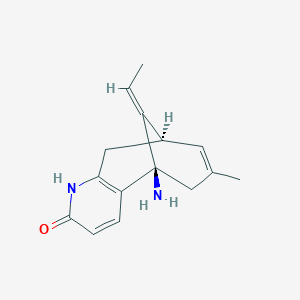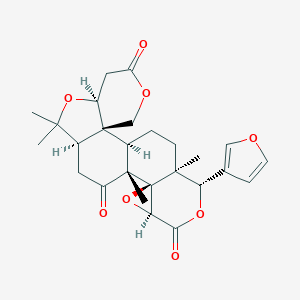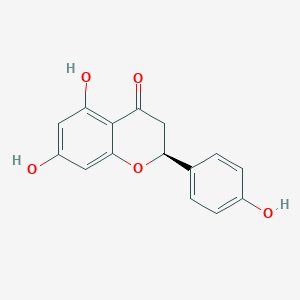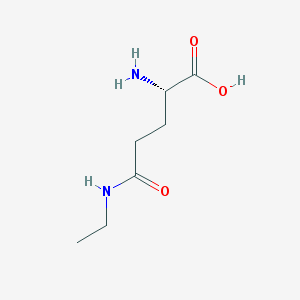Description
Huperzine A is a naturally occurring alkaloid compound that is derived from the Chinese herb Huperzia serrata, also known as Chinese club moss. It has been used in traditional Chinese medicine for centuries to treat various ailments such as fever, inflammation, and blood disorders.
Huperzine A is known for its ability to enhance cognitive function and memory by inhibiting the breakdown of acetylcholine, a neurotransmitter that is essential for learning and memory. It has been shown to be effective in improving cognitive function in individuals with Alzheimer’s disease and other forms of dementia.
In addition to its cognitive benefits, Huperzine A has also been studied for its potential neuroprotective properties and its ability to improve sleep quality. However, more research is needed to fully understand its effects and potential benefits.
Huperzine A is available as a dietary supplement and should be taken with caution, as it can interact with certain medications and may have side effects such as nausea, vomiting, and diarrhea. It is important to consult with a healthcare provider before taking any supplements, including Huperzine A.
Huperzine A is a compound extracted from the herbs of the Huperziceae family. It is widely used for its potential benefits in improving memory and cognitive function. Here are some of its main benefits and applications:
- Enhancing Memory and Cognitive Function: Huperzine A is known for its ability to improve memory, mental clarity, and the capacity to learn. It is often used as a nootropic, a substance that can help enhance cognitive function.
- Treatment of Alzheimer’s Disease: Some studies suggest that Huperzine A may be beneficial in treating Alzheimer’s disease. It works as a cholinesterase inhibitor, which means it helps increase the levels of neurotransmitters in the brain.
- Neuroprotective Properties: Huperzine A has shown potential in protecting nerve cells against damage, oxygen deprivation, and toxic substances. This neuroprotective quality might make it useful in treating conditions like brain injuries and ischemic strokes.
- Treatment of Myasthenia Gravis: Huperzine A has been used in the treatment of myasthenia gravis, a neuromuscular disease that causes muscle weakness.
- Anti-inflammatory Properties: Some research indicates that Huperzine A may possess anti-inflammatory properties, which could make it useful in treating certain inflammatory conditions.
- Potential in Treating Epilepsy: There is emerging evidence suggesting that Huperzine A might have some benefits in treating epilepsy due to its effects on neurotransmitters.
- Antioxidant Effects: Huperzine A may also act as an antioxidant, helping to fight free radical damage in the brain, which is a factor in many neurodegenerative diseases.





